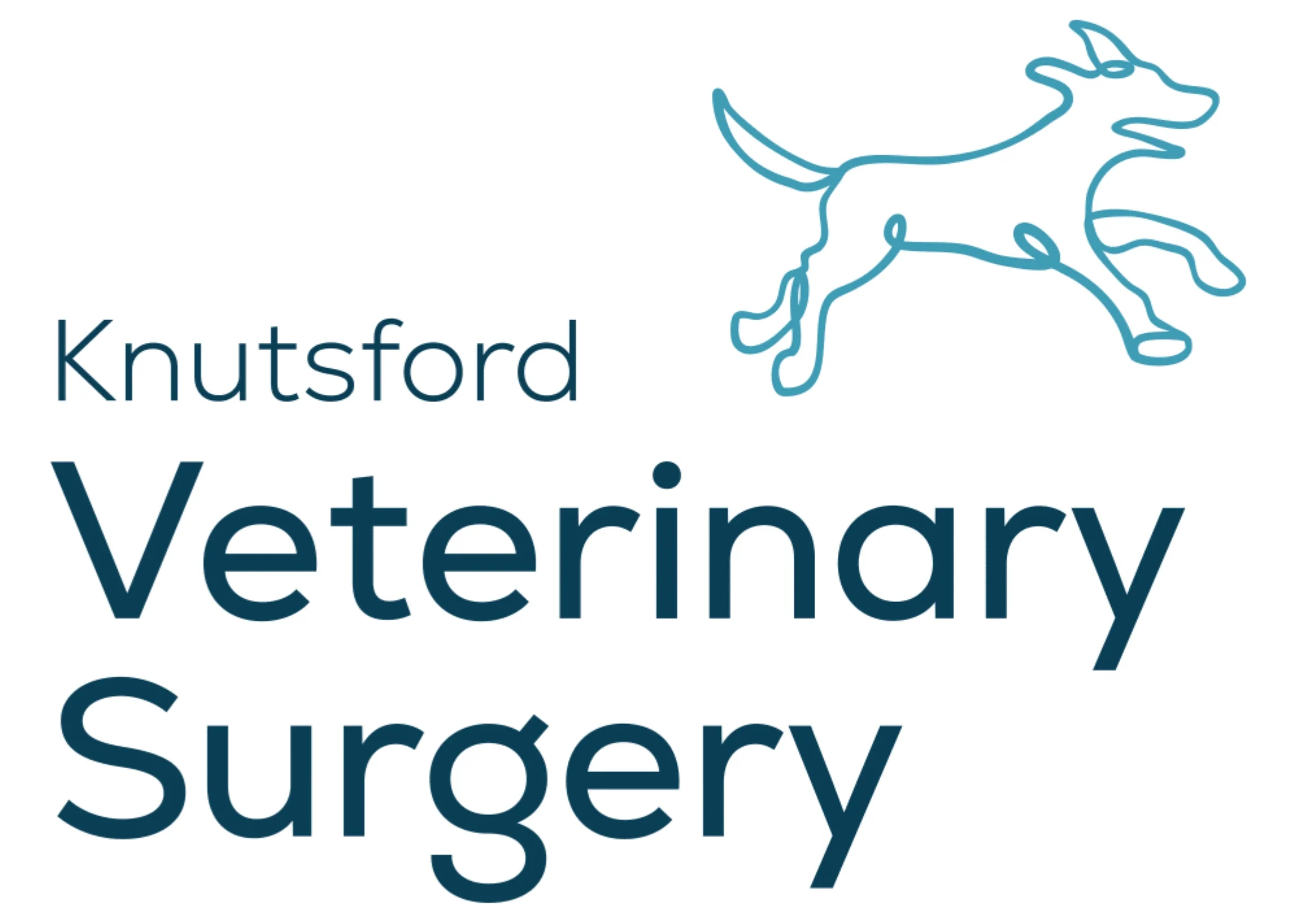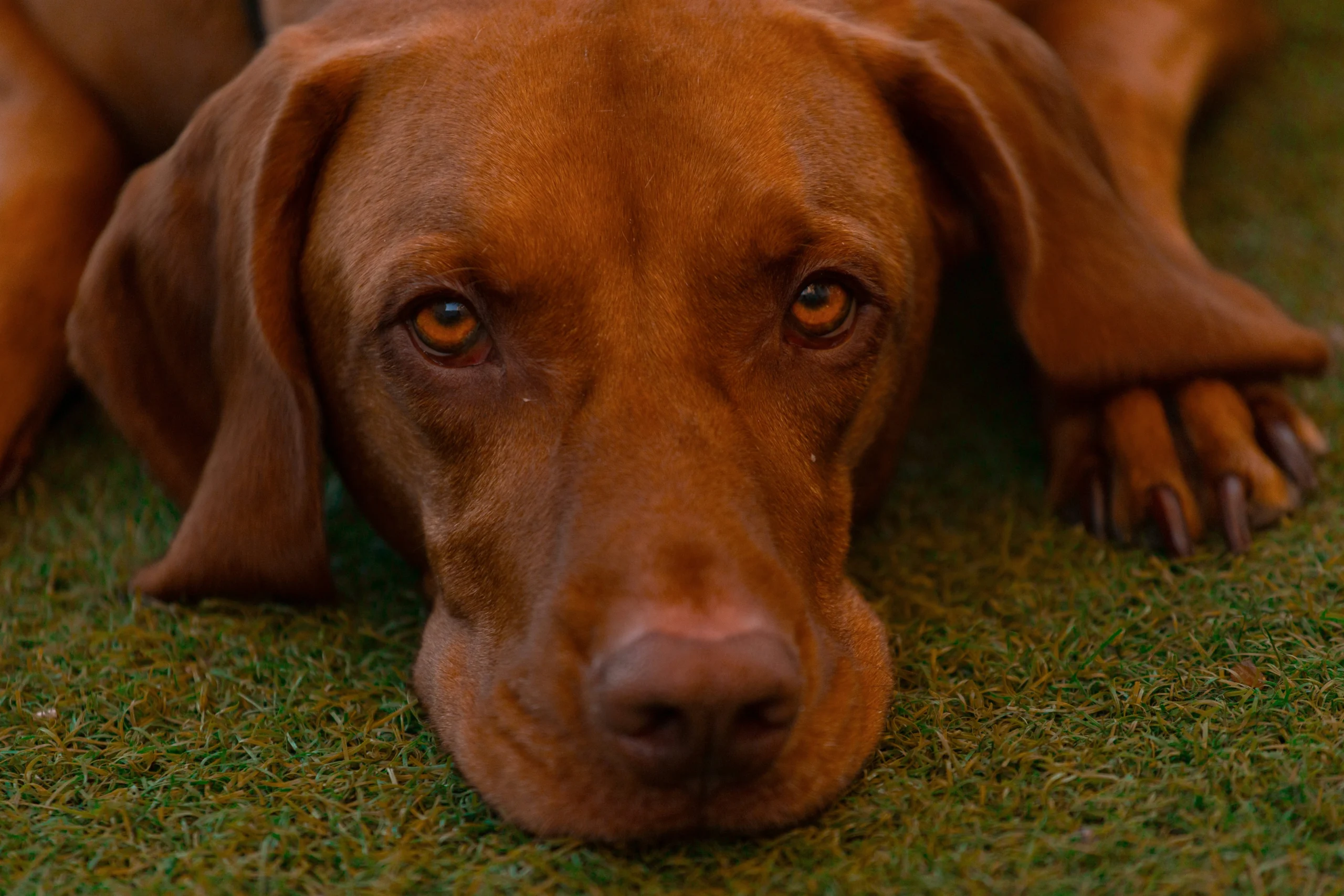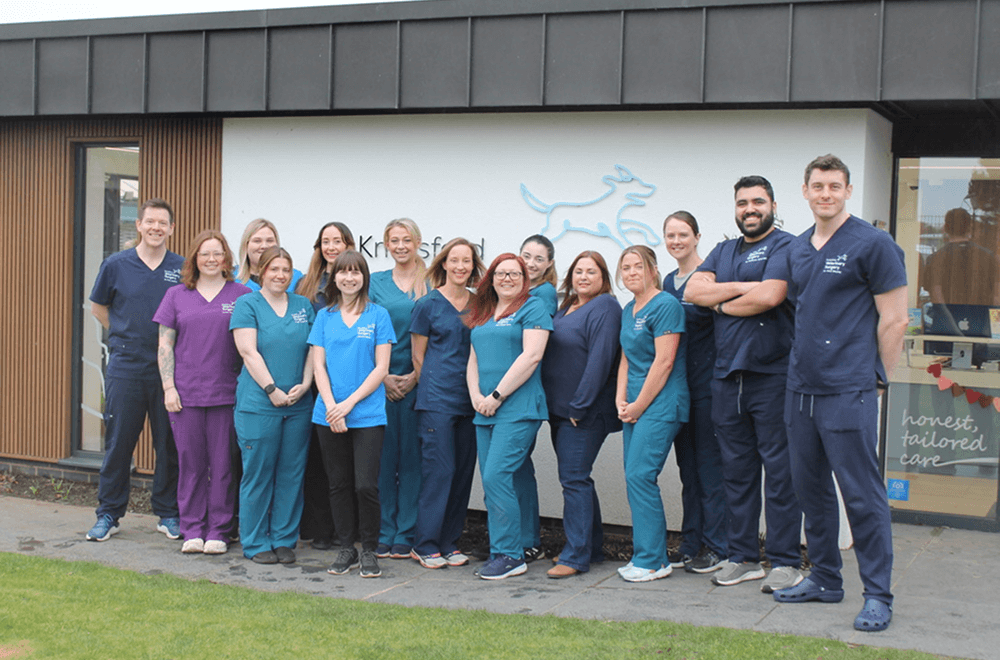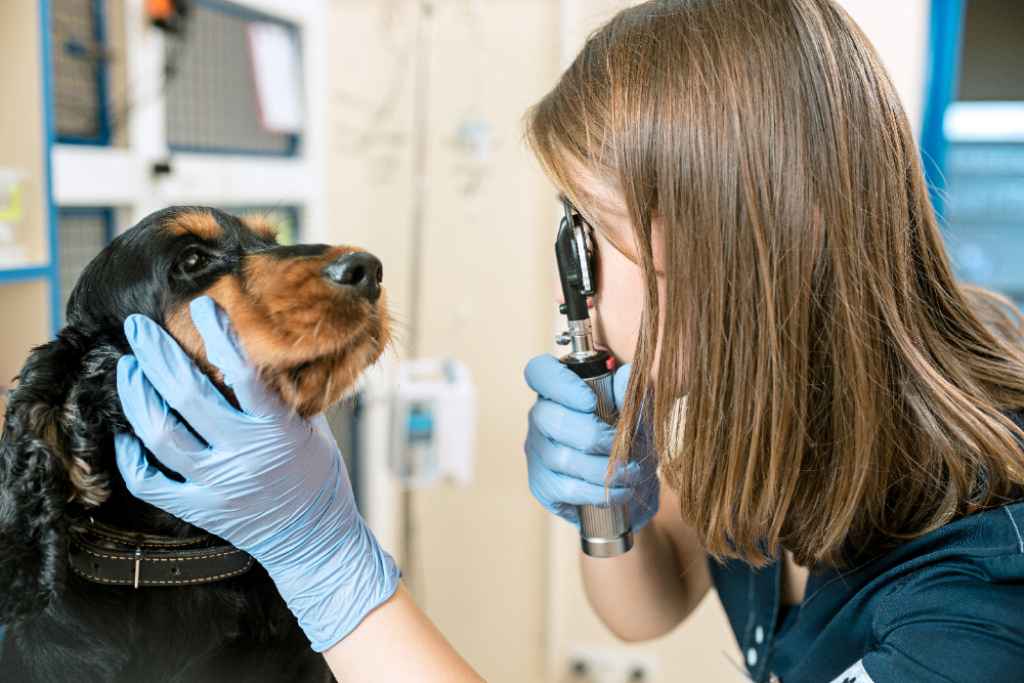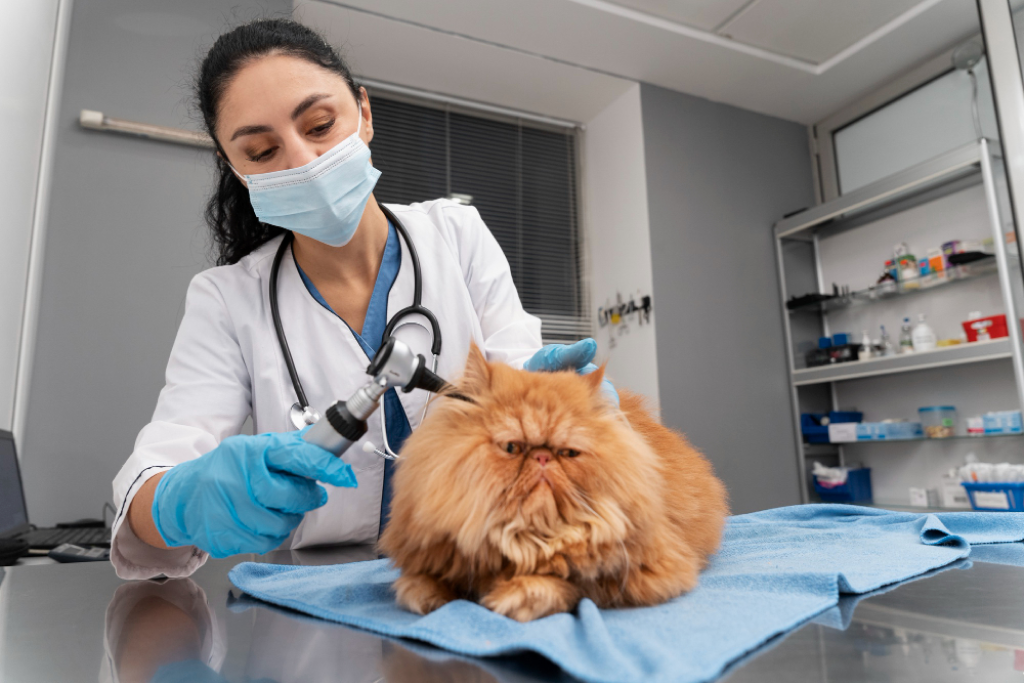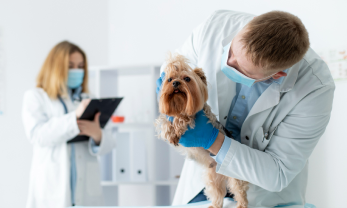What is SCCED?
SCCED (Spontaneous Chronic Corneal Epithelial Defect) is a condition in pets where corneal ulcers fail to heal due to loose epithelial cells in the cornea. Our guide to SCCED will take you through everything you need to know about the condition including causes, symptoms and treatment.
Spontaneous Chronic Corneal Epithelial Defect (SCCED) is a condition in pets where corneal ulcers don’t heal within a normal timeframe. These ulcers tend to be shallow, but fail to heal due to the epithelium at the edge of the ulcer being loose and unable to ‘stick down’ the the underlying cells to heal the defect. In regular corneal ulcers, the epithelium regenerates from the edges of the ulcer, spreading across the defect.
What is a Corneal Ulcer?
A Corneal Ulcer is a painful ulcer on or near to the surface of your pet’s eye. It occurs when the surface layer of the eye (the cornea) has been damaged, exposing deeper tissues and nerves. Corneal Ulcers can be fairly shallow, or can extend deeper into the cornea. The condition is painful for pets and can result in severe damage to the eye if left untreated.
Causes of SCCED & Corneal Ulcers:
The most common cause of corneal ulcers in pets is trauma, however they can also be caused by reactions to everyday items such as their shampoo or other household cleaning products. Other causes include infections and diseases, Entropion, Distichia, and the Herpes virus in cats.
Predisposed Animals to SCCED:
It should be noted that some dog breeds are predisposed to corneal ulcers and SCCED, especially those over the age of 7.
Predisposed dog breeds include:
- Boxers
- Jack Russell Terrier
- West Highland White Terriers
- American-Staffordshire-Terrier
- Staffordshire Bull Terriers
Signs of SCCED
The signs of SCCED in pets are similar to those of corneal ulcers. Your pet’s cornea is one of the most sensitive parts of their body; as such you should notice a significant amount of discomfort if they have corneal ulcer or SCCED. Common signs include:
Increased Blink Rate
Your pet will probably blink more than usual if they have a corneal ulcer or SCCED due to severe discomfort. You might also notice them squinting or completely closing their eyes.
Discharge
With corneal ulcers and SCCED, you will likely notice an increase in discharge from the affected eye. The colour of the discharge may be clear, white, yellow or green.
Discolouration to the Surface of the Eye
Due to irritation, your pet’s eye may appear red and bloodshot, and in some cases may be swollen. Your pet’s cornea might also appear cloudy.
Irregular Contours or Depressions in the Surface of the Eye
With larger, more severe corneal ulcers you might be able to see an obvious crater or depression in the surface of the eye. The loose skirt of epithelium may also be evident around the ulcer’s edge.
Treatments for SCCED
Your vet will first perform a complete ophthalmic examination to check for other eye conditions, infections and diseases that may be causing SCCED.
SCCED’s are non-septic processes and antibiotics are only used to prevent rather than treat infection, usually 2-3 times daily. It is also important to be aware that pets with SCCED’s often require one or more of the following treatments and they can frequently reoccur in the same or opposite eye.
Epithelial Debridement
The loose epithelial cells are removed using a sterile cotton bud after local anaesthetic has been applied to the eye. Normal epithelial cells will not be removed as they are firmly attached to the underlying layer. Often a much larger area of epithelium is removed than fluorescein staining would first indicate. This will resolve around 50% of cases.
Punctate or Grid Keratotomy
Under local or general anesthesia, multiple partial thickness needle pricks or scratches are made in the non-healing ulcer bed in a grid, after epithelial debridement has been performed. This allows the epithelial cells to adhere to the underlying layer and help heal the SCCED. A contact bandage or third eyelid flap may be used to improve comfort following this procedure. This will resolve around 60-70% of cases.
Diamond Burr Debridement
This is the gold standard for treating SCCEDs. Typically diamond burr debridement it is performed under local anaesthetic, avoiding the need for sedation or general anaesthetic. A special small tipped diamond burr is used to remove the damaged tissue in a circular pattern. A contact lens is usually applied to aid comfort afterwards. Pets undergoing this treatment can go home the same day. 70-80% heal within 2 weeks but some pets require more than one treatment.
Superficial Keratectomy
Under magnification, the ulcer and superficial layer of cornea around it are removed to allow the SCCED to heal. This allows 95%+ to heal but does require a general anaesthetic.
Following the procedure, topical antibiotics and oral painkillers may be prescribed. In some cases, where suitable, a contact lens may be applied to the surface of the eye to help with discomfort.
Knutsford Vets Surgery
By choosing Knutsford Vets Surgery, your pet will be in the safe hands of experienced Ophthalmologist, Dr Paul Adams. Dr Adams has years of experience treating a wide range of eye conditions, and is the perfect partner to look after your pet’s ocular health.
We welcome new patients, second options and referrals.
Our friendly team is on hand if you have any questions. For ease you can book an appointment online or call us on 01565 337999.
OPHTHALMOLOGY
Knutsford Vets’ Dr Paul Adams has additional training in Veterinary Ophthalmology enabling him to diagnose and treat a wide range of pet eye conditions. Find out more about our Ophthalmology Referrals and Second Opinion service on our Veterinary Ophthalmology page.
